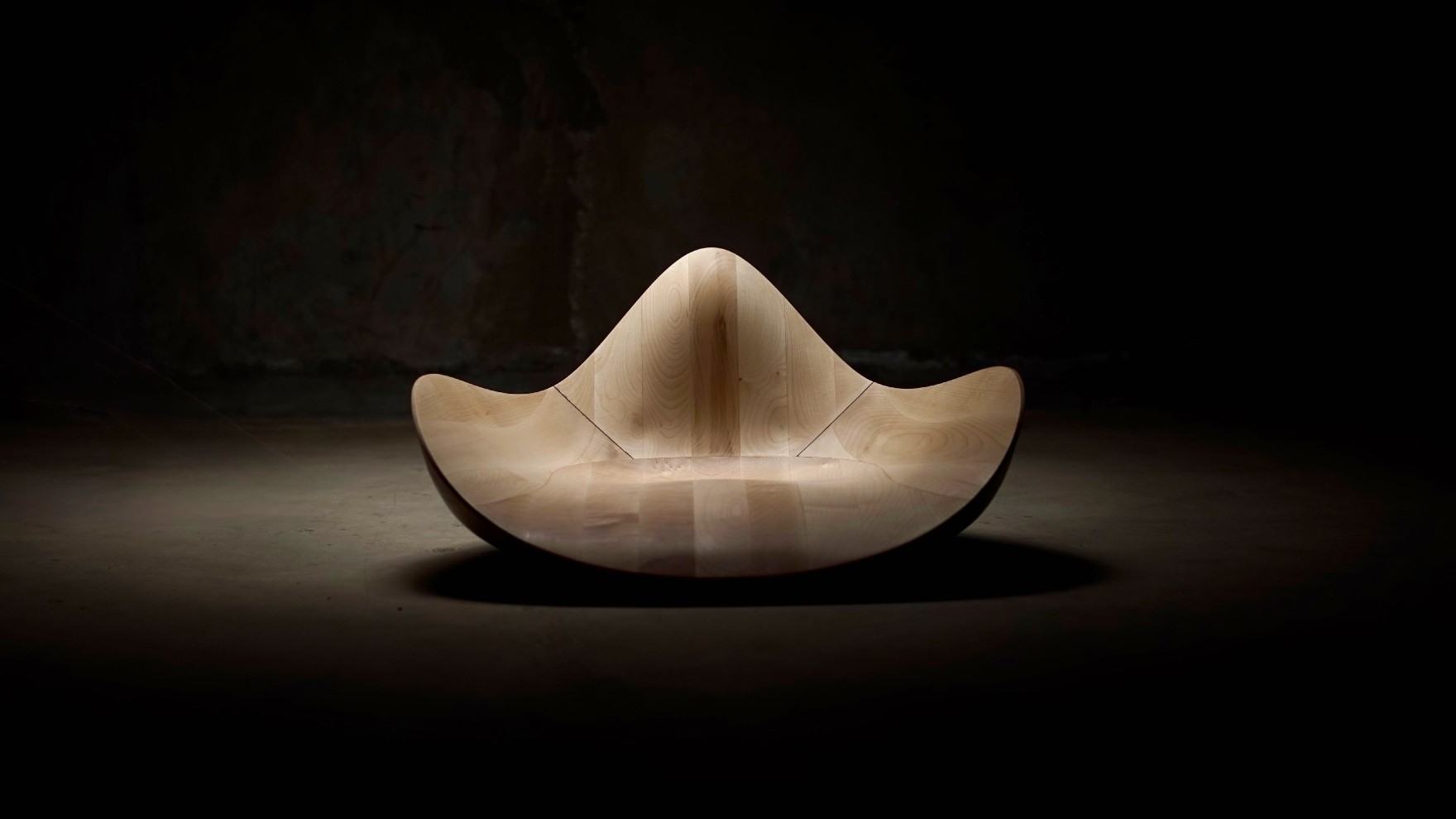By
Mansvini Kaushik
|
Jul 24, 2025
Share this article:
Fashion

For years, Loro Piana has stood as one of fashion’s most untouchable names. A byword for quiet luxury, its signature coats made from rare vicuña and baby cashmere have graced the shoulders of royalty and power brokers, their four-figure price tags signalling not just wealth, but taste. The brand’s story was supposed to be one of perfection—an Italian maison that controlled everything from Mongolian pastures to Milanese boutiques.
But in a startling unraveling of that narrative, Loro Piana is now at the center of an Italian court’s sweeping crackdown on illegal labor practices. The company has been placed under judicial administration for one year, after authorities found that its supply chain concealed sweatshop conditions: workers forced to endure 90-hour weeks for less than $5 an hour, some sleeping on factory floors, many of them undocumented immigrants from China.
This isn’t just a reputational crisis for Loro Piana or parent company LVMH, it’s a reckoning for the entire luxury industry.
A Scandal That Reaches the Top
Loro Piana is the fifth luxury label—and the second under the LVMH umbrella after Dior—to be placed under court oversight following similar revelations. Other names include Giorgio Armani, Valentino, and Alviero Martini. Each of them stands accused of benefiting from exploitative subcontracting networks hidden behind layers of front companies. In Loro Piana’s case, the trail led to workshops producing 6,000–7,000 men’s jackets annually for as little as $137 per piece, coats that retail for over $4,000.
Investigators discovered that the company did not contract the abusive workshop directly. Instead, the job was funneled through two shell entities with no actual manufacturing capacity. This deliberate distancing tactic makes oversight nearly impossible—and, critics argue, offers plausible deniability that many luxury houses are happy to hide behind.
A Milan court found that Loro Piana had “culpably failed” to conduct adequate due diligence, prioritising speed and profit over ethics.
The Cottage Industry Problem
Prosecutors in Milan argue that these failures are not exceptions, but baked into the business model. “The crux of these cases is that big luxury brands are not really doing their homework,” said one official close to the investigation. The luxury supply chain, often idealised as artisanal and pristine, is in fact deeply fragmented. An estimated 50% of global luxury goods production takes place in Italy, largely through a sprawling network of mom-and-pop manufacturers, many struggling to survive in the face of shrinking margins and relentless demand for fast turnarounds.
In such an ecosystem, subcontracting to the lowest bidder becomes not just common—but inevitable.
A Dangerous Turning Point
Scandals have long brushed past the fashion industry with little long-term consequence. But experts warn this time feels different. Years of steep price hikes and a growing chorus of online complaints around declining quality have already shaken public faith. Now, revelations of illegal labor and sweatshop-like conditions are puncturing the aura of luxury’s moral superiority.
“This is not just a one-off scandal affecting one brand that can fade into the background,” one prosecutor told Forbes. “It feeds into a bigger conversation that’s already happening in a dangerous way.”
Kent, a leading investigator in the case, added, “There is more jeopardy now than there has been historically. Consumers are beginning to ask: What are we really paying for?”
Damage Control vs. Systemic Reform
In a public statement, Loro Piana said it was unaware of the subcontracting chain and reiterated its “unwavering commitment” to ethical practices. It promised to strengthen its audit and control mechanisms, and reaffirmed its Code of Conduct.
But critics argue that these promises ring hollow when abuse was found to be happening months after Italy’s luxury houses collectively signed a charter to fight labor exploitation. The implications are profound. In luxury, value isn’t just about craftsmanship or scarcity, it’s about integrity, heritage, and trust. If those values are eroded, so too is the entire premise of the luxury economy.
Share this article:

Mansvini Kaushik
Mansvini Kaushik is the Editor-in-Chief of Indulge Newsroom, the editorial division of Indulge Global. A seasoned business and investigative journalist, she brings years of experience from Forbes India, where she honed her craft in high-impact storytelling. With a deep-rooted passion for luxury and culture, Mansvini founded Candle Magazine before taking the helm at Indulge Newsroom. She now leads the publication with a vision to redefine luxury journalism in India.








